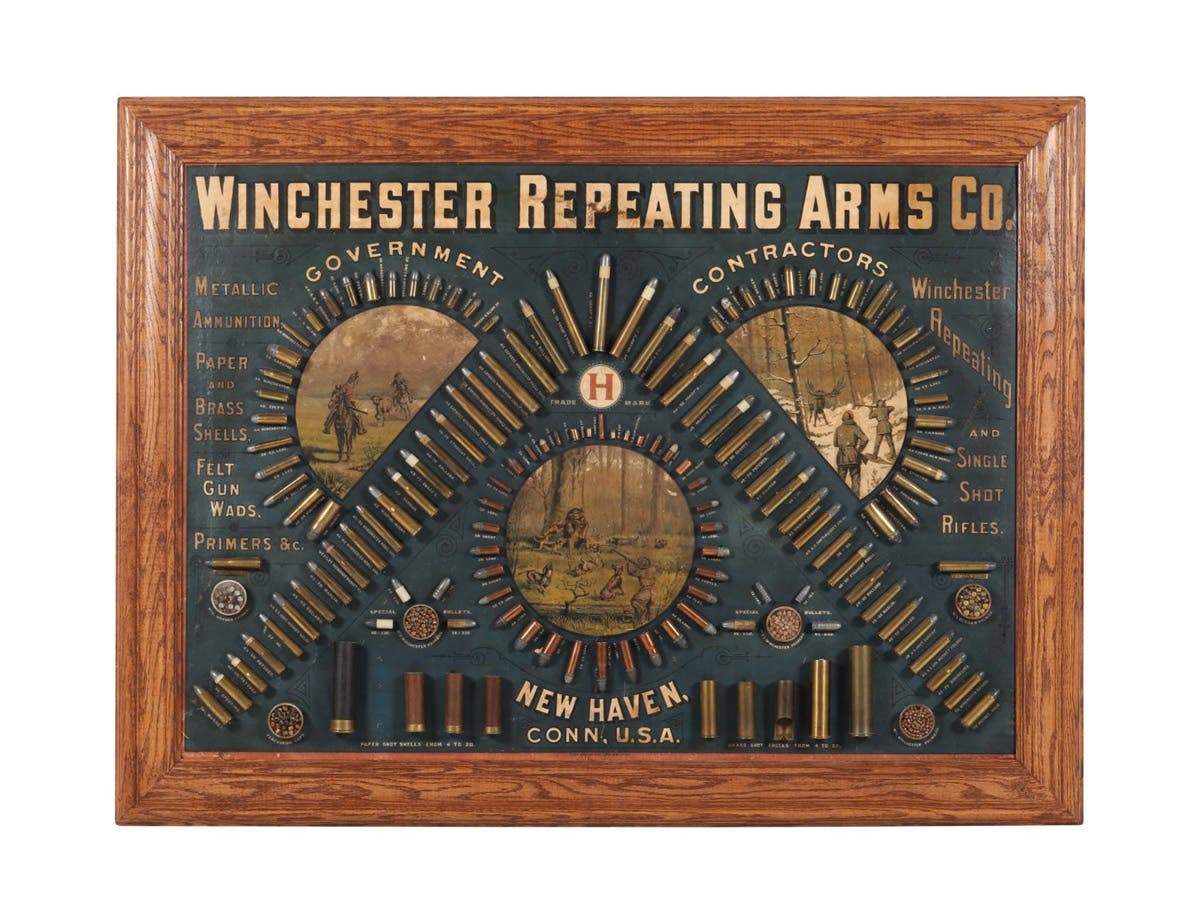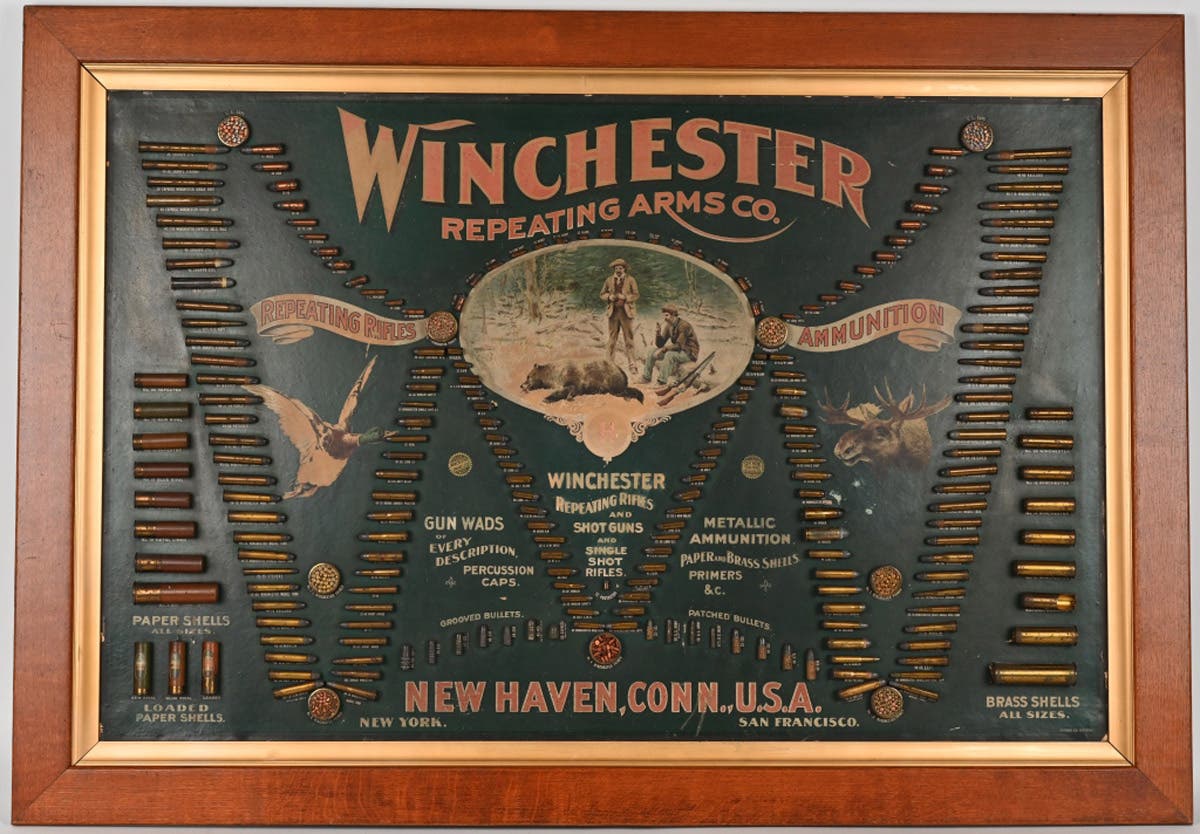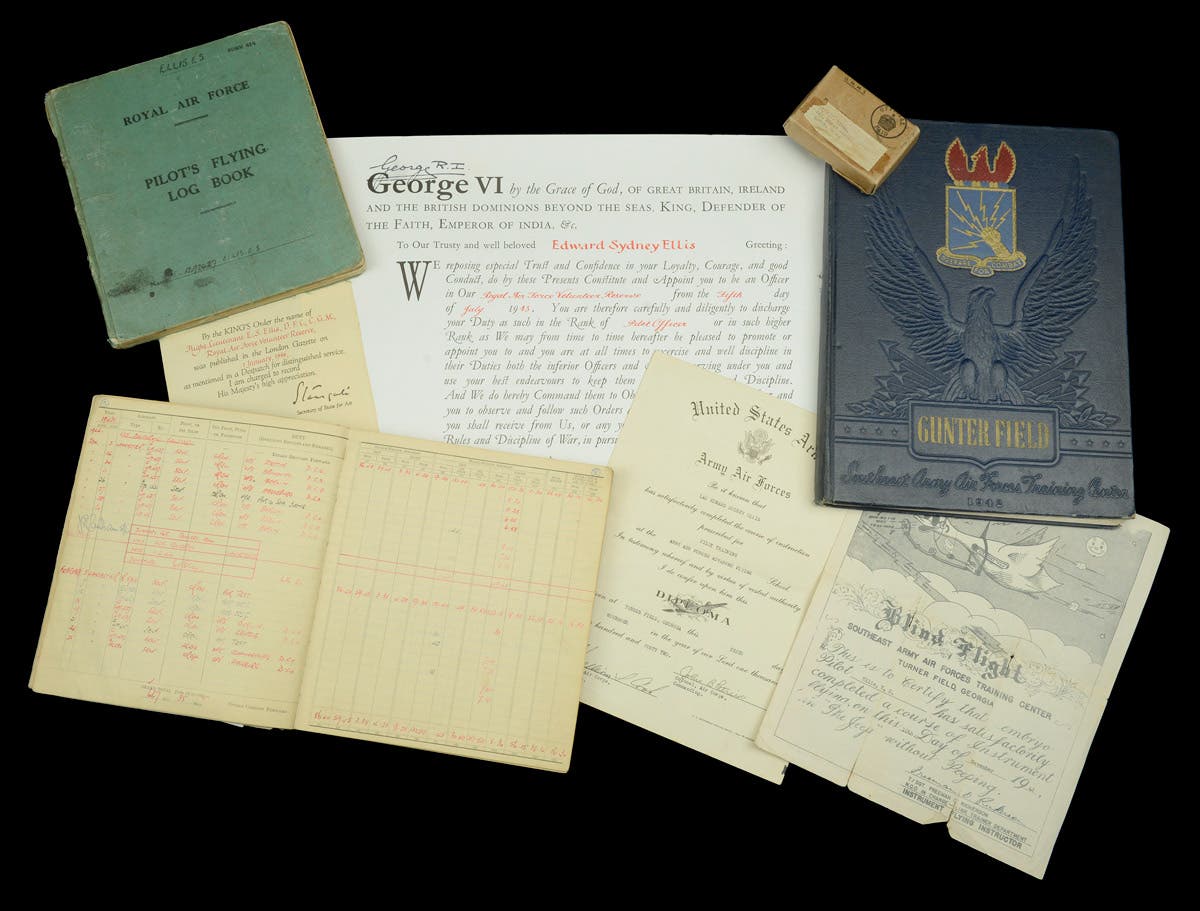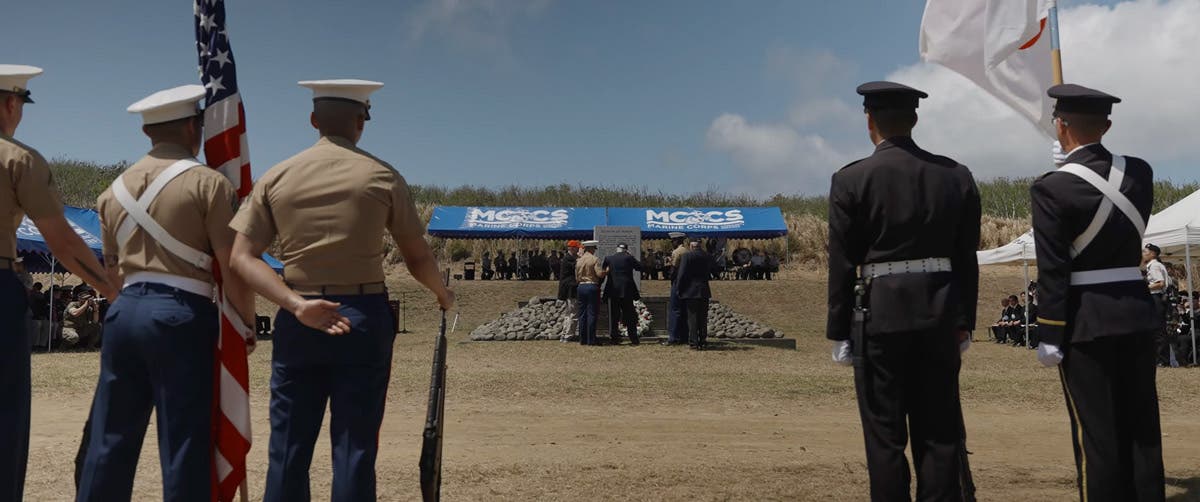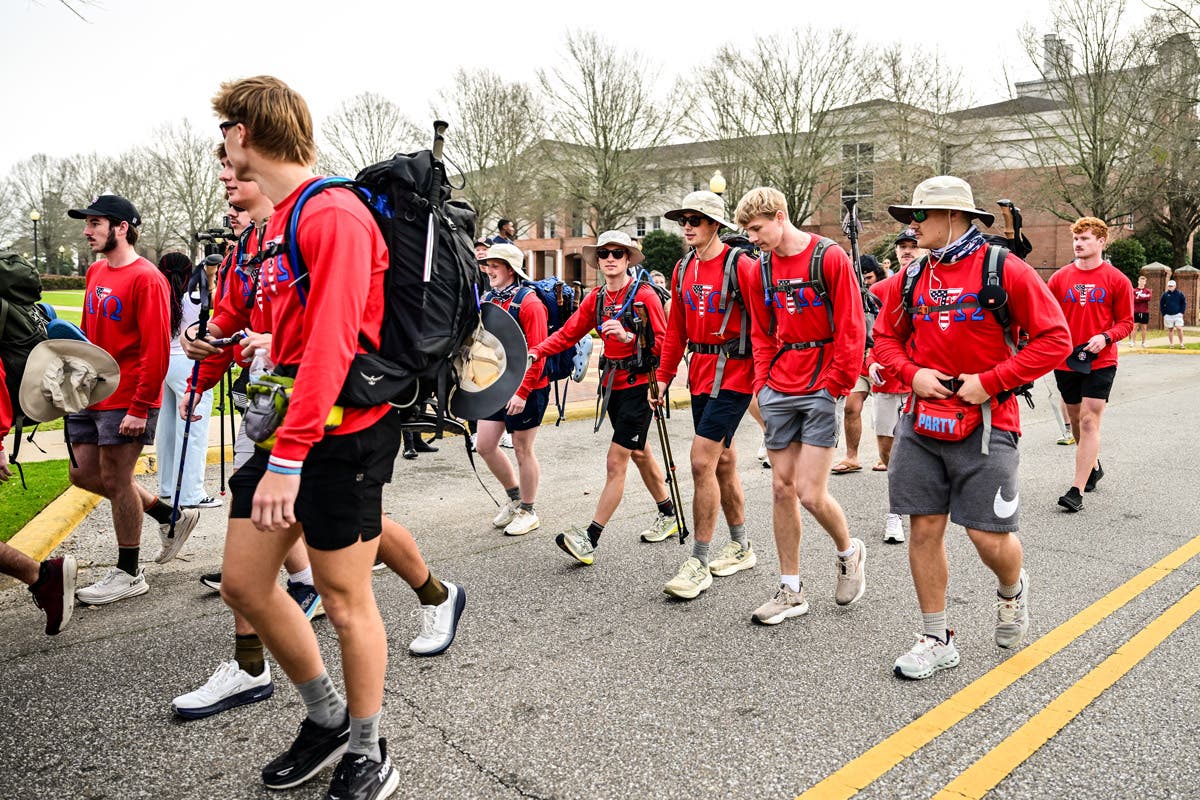The UD 42 Submachine Gun
Only 15,000 UD 42 Submachine Guns were ever made for a wartime agency called the OSS, predecessor of the CIA.
By Guy Richards
United Defense Model 42 submachine gun with single and
doubled magazine.
The United Defense submachine gun was manufactured by the Marlin Firearms Company and used by the Office of Strategic Services (OSS). The OSS was a wartime agency responsible for intelligence collection, strategic planning, economic assessments, psychological campaigns, and unconventional warfare. It existed for only 44 months and became the model for the CIA. The United Defense Supply Corporation was a wartime quasi-government entity that made purchase contracts for war material with manufacturers.
The OSS drew talented men from the uniformed services and sent them into the field behind the lines to train, supply, lead, and coordinate the activities of resistance forces. There were three main units established for these duties: The Operational Groups, the “Jedburgh” teams, and the Special Air Service regiments. These were under the command of Special Force Headquarters.
The OGs were usually 15-man detachments comprising of specialists from several branches (i.e. signal, medical, engineer, and so on) led by two officers. The prerequisite was that they speak the language of their target area and look the part. So, the OG “Norso” aimed at Norway was recruited from Americans of Norwegian descent who spoke Norwegian well.
The OGs were the genesis of the modern special forces operational detachment (A-team). According to Anthony Cave Brown in his Secret War Report of the OSS, all the OGs were deployed into combat. Better known of the OSS operatives, the Jedburghs were three-man cells of two officers and a non com radio operator of mixed nationalities (British, French, American). These teams were widely distributed across France in support of D-Day, Patton’s dash, and Operation Anvil.
The UD M42 was designed by Carl Swebelius at High Standard Firearms in 1940–1941 and the prototypes were made there. Reportedly, a few were chambered in .45 ACP, but the ones fielded were in 9x19mm Parabellum. It is a selective firing weapon with the switch, a rotary lever, on the right side of the frame. The charging handle is also on the right side of the receiver and reciprocates with the bolt. Like most SMGs, the UD 42 fires from the open bolt and like the Thompson, the UD 42 has a hold-open feature that keeps the bolt cocked after the magazine has been emptied, a nice refinement and tactical advantage.
The rear sight is adjustable for windage and elevation. The elevation knob, on the left side of the frame, can raise the peep sight to well beyond any reasonable need. The gun’s magazines look just like reduced scale Thompson sticks and contrary to everything previously published, they hold 25 rounds each. Since the box has four witness holes, it is easy to see how one might assume the capacity is only 20. Magazines came in single packages or were silver soldered front-to-front inverted to boost onboard capacity. It really doesn’t help, as the doubled configuration is cumbersome. These magazines do not interchange with any other weapon. Shooting the Marlin UD 42 was pleasant enough, it cycled at about 650+ RPM and easily placed its lethal effect on the standard E silhouette at 25 yards.
This is a well made arm being of all milled steel construction and conventional design. Some 15,000 were made, which is a small number indeed, and only about 2,400 were dropped into France, according to Bruce Canfield’s US Infantry Weapons of WWII. Some complaints about its “inadequacies” were reported from the field (Brown, Secret War Report of the OSS, pg. 439) but not specified. The troops wanted weapons with longer range, but then this was only a SMG firing a pistol cartridge.
It is difficult and unreasonable to judge a production run of weapons from one example. Unfortunately, the UD 42 is seldom seen in this country. I’m told they are common in military/resistance museums in France. Some were sent to the Dutch Indies, but the 12,000 pieces that were not dropped in containers to the resistance must have suffered the fate of so much of our taxpayer-funded history—torch-cut into chunks and sold for scrap metal.



